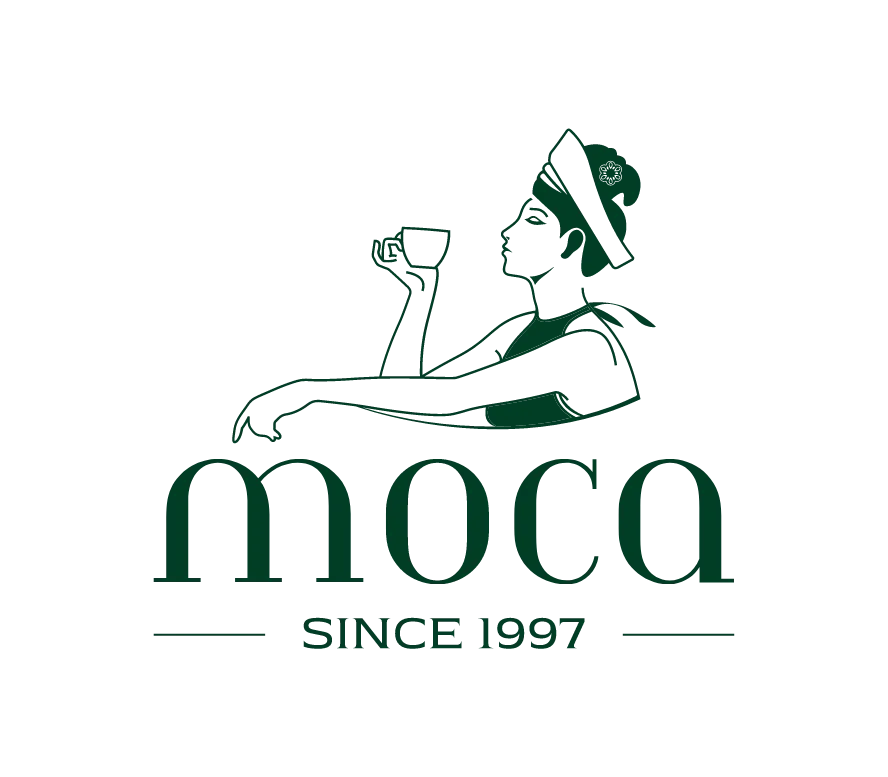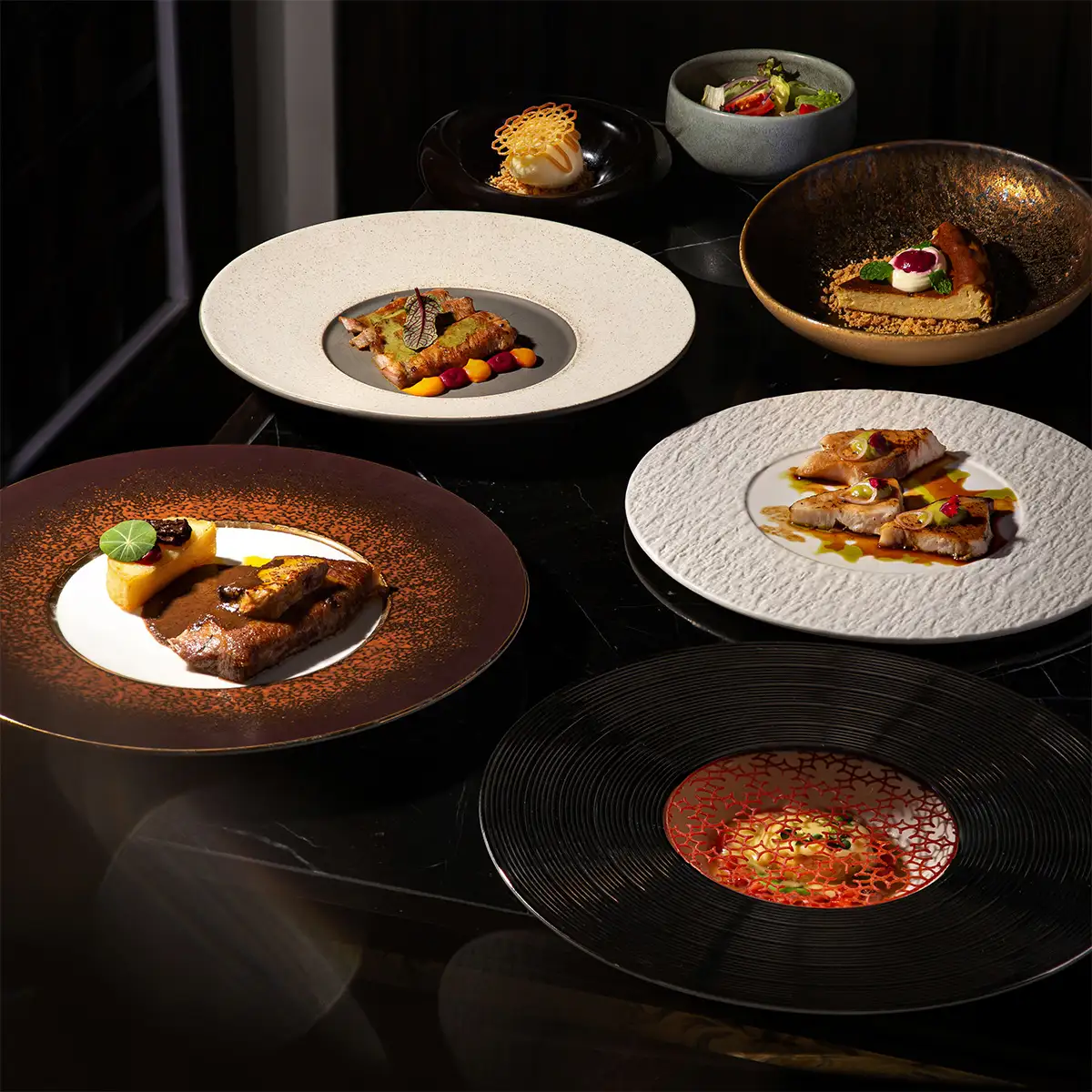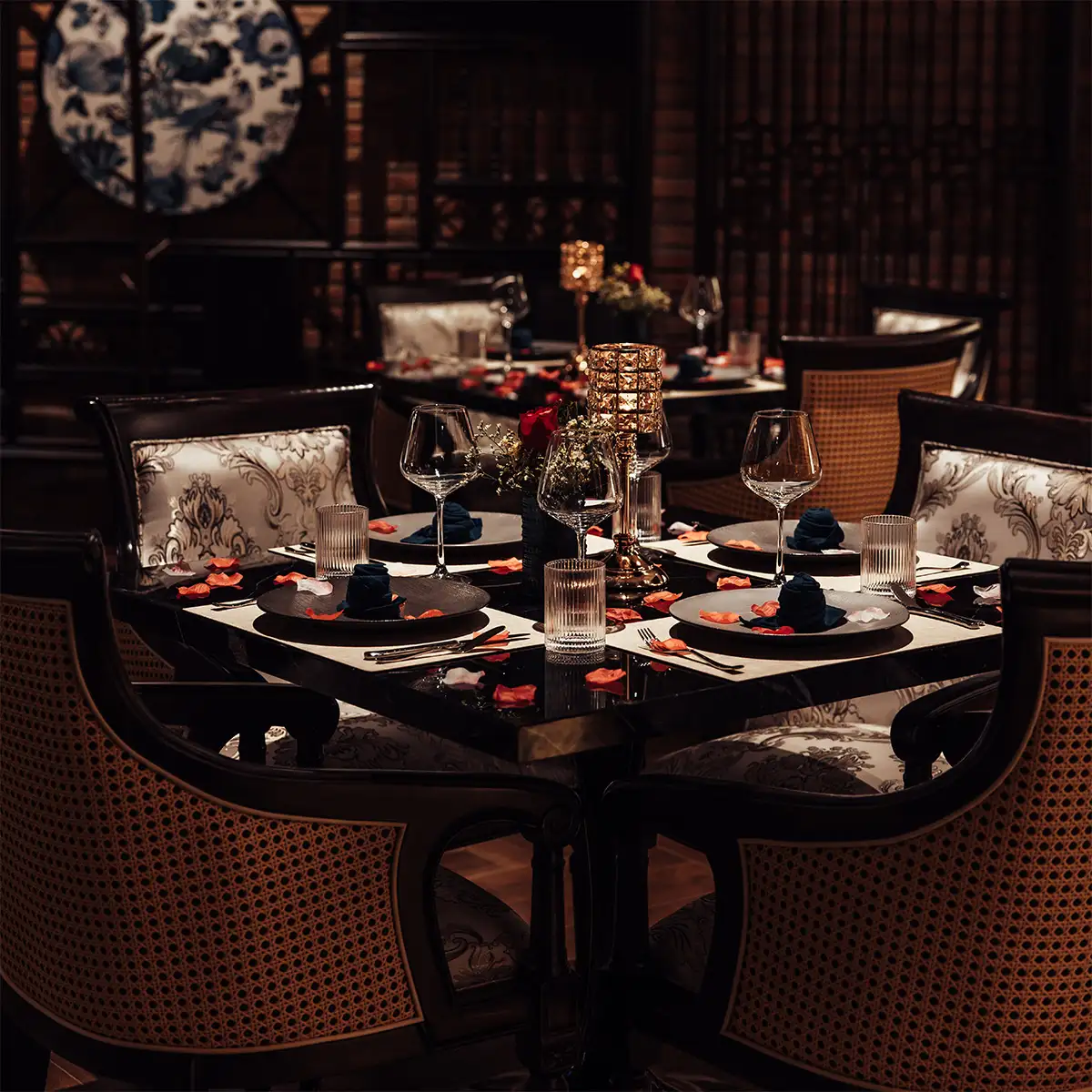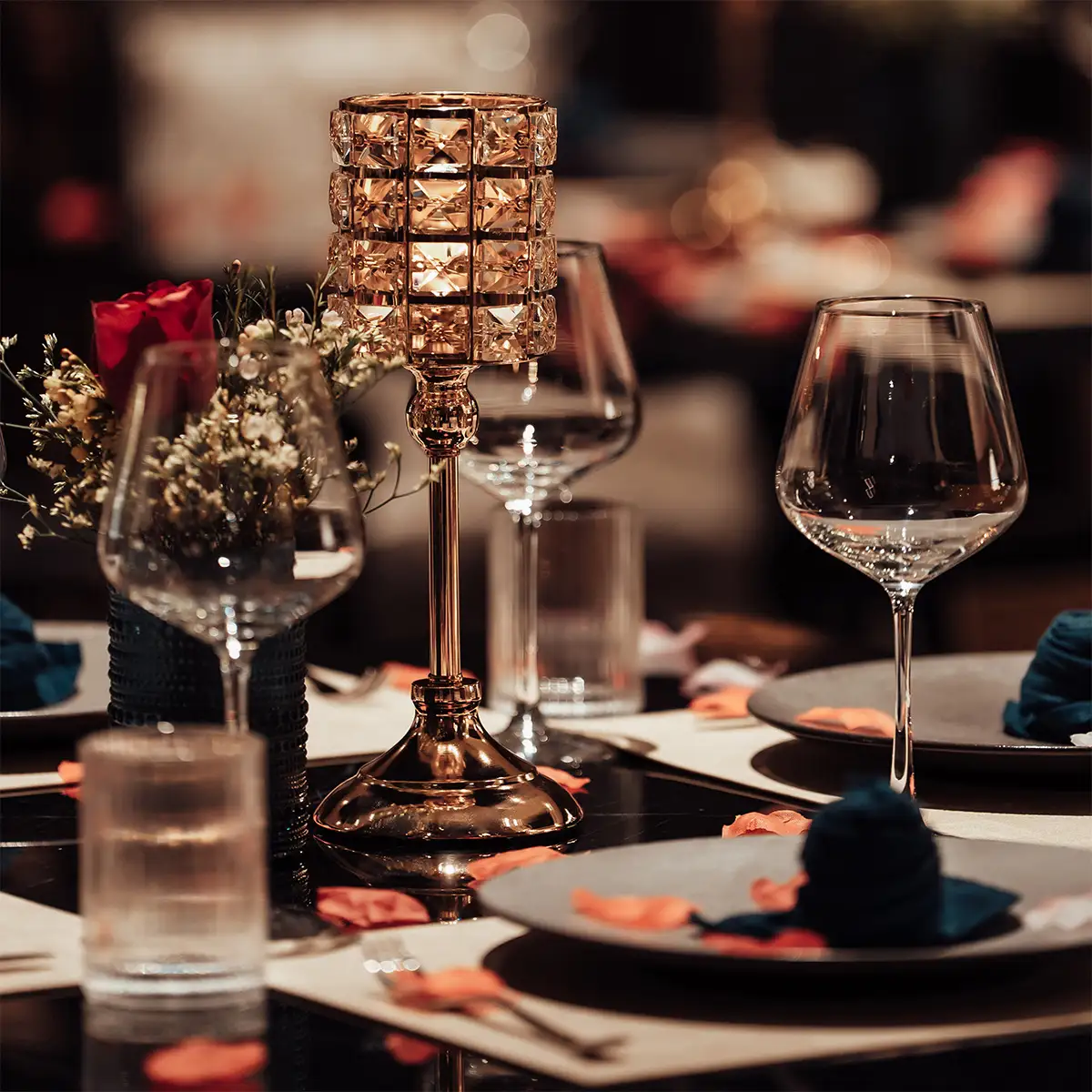In the evolving landscape of wedding celebrations, a distinct trend towards culinary-centric events has emerged. Couples are increasingly seeking experiences that are both personal and extraordinarily memorable for their guests. This has given rise to the fine dining wedding—an event defined not merely by its menu, but by an immersive gastronomic experience. It is a celebration where culinary artistry, sophisticated ambiance, and impeccable service converge to create a truly elevated occasion. Couples are choosing this path for their special day to offer an unparalleled guest experience, creating a lasting impression through a remarkable culinary journey. This guide will provide a comprehensive look at the essential elements involved in planning and executing an exquisite fine dining wedding.
1. Understanding the essence of a fine dining wedding
To plan a true fine dining wedding, one must first understand that it transcends traditional event catering. It is a commitment to a specific philosophy of quality, artistry, and experience.
- Beyond traditional catering: The core of a fine dining wedding is a focus on culinary artistry. This involves the use of premium, often rare ingredients, and the application of innovative and precise cooking techniques. The emphasis shifts from mass production to bespoke creation. Presentation is paramount, with each plate meticulously designed to be a feast for the eyes before it delights the palate. The entire meal is a sensory experience. Signature styles indicative of fine dining might include molecular gastronomy techniques like foams and spherification, the precise execution of a classic French sauce, or the delicate arrangement of a deconstructed dessert.
- The role of impeccable service: Impeccable service is the silent partner to the cuisine, ensuring the entire experience is seamless. In a fine dining context, the staff are not just servers; they are knowledgeable, attentive, and discreet guides through the culinary experience. Differentiating service protocols include synchronized service, where multiple servers place plates for an entire table at the exact same moment; crumbing the table between courses; and the expert, unobtrusive refilling of water and wine glasses. The flow of courses is perfectly timed, creating a rhythm that feels both relaxed and refined.
- Ambiance and atmosphere: The setting is the canvas for your culinary celebration. A fine dining wedding requires an environment of elegance and sophistication. This is achieved through carefully considered decor, luxurious table settings with high-quality linens and china, and thoughtful, often layered, lighting design. The goal is to create an intimate and refined dining environment that complements the quality of the food and service, making guests feel both comfortable and exceptionally well-cared for.
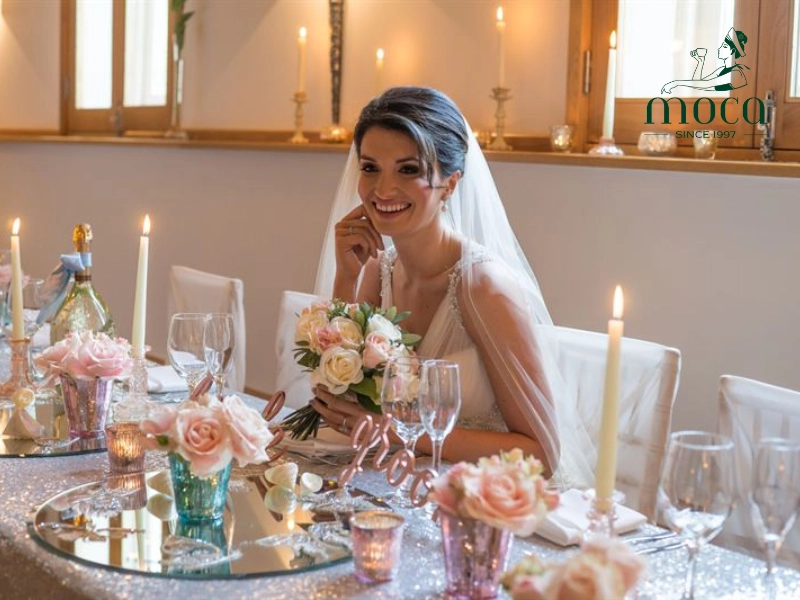
Where culinary artistry meets impeccable elegance—your fine dining wedding.
2. Selecting the perfect venue for your culinary celebration
The choice of venue is the most critical decision in your planning process, as it dictates the culinary potential and overall ambiance of your wedding reception.
- Fine dining restaurants as wedding venues: Hosting your wedding at an established fine dining restaurant offers significant advantages. These venues come with built-in, state-of-the-art kitchen infrastructure and a highly experienced culinary team already in place. The established ambiance, from the decor to the table settings, is already aligned with a high standard of elegance. When considering this option, key factors are the restaurant's capacity, the availability of private dining rooms or the possibility of a full buyout, and their experience with hosting wedding events. A Michelin-starred restaurant with dedicated private event spaces, for example, is an ideal candidate for a seamless fine dining wedding.
- Venues with strong culinary partnerships: Alternatively, you may select a unique event space or luxury hotel that maintains a strong partnership with a renowned chef or a catering company specializing in fine dining. In this case, it is crucial to evaluate the on-site kitchen capabilities and to deeply understand the chef's culinary philosophy to ensure it aligns with your vision for a gastronomic wedding experience.
- Key questions for venue selection: When evaluating potential venues, a detailed inquiry into their fine dining capabilities is essential. Here is a critical checklist of questions:
- Can the menu be fully customized, or are we limited to packages?
- May we schedule a menu tasting, and what does that process entail?
- What is the service staff-to-guest ratio you maintain for private events?
- Who is your head sommelier, and can we work with them to curate wine pairings?
- Can you provide examples of past fine dining wedding menus you have executed?
- How do you accommodate severe allergies and dietary restrictions at a high standard?
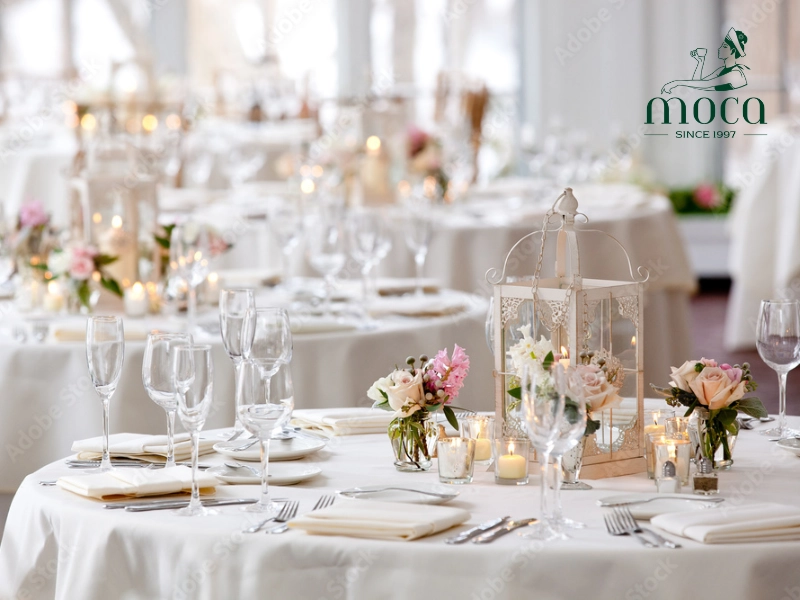
Choosing the perfect venue—where culinary dreams meet unforgettable celebrations.
3. Crafting an exquisite fine dining menu
The menu is the heart of your fine dining wedding. It should be a curated journey of flavors, textures, and aromas that tells a story.
- The multi-course journey: A fine dining menu is structured as a deliberate progression. It is about building an experience, not just serving food. A typical structure balances richness and lightness across courses to keep the palate engaged.
- Amuse-Bouche: A single, bite-sized offering to welcome guests and awaken the palate.
- Appetizer: A light, elegant starter (e.g., Seared Scallop with Saffron Risotto).
- Main Course: The centerpiece of the meal (e.g., Pan-Roasted Duck Breast with Cherry Reduction and Root Vegetable Purée).
- Palate Cleanser: A refreshing interlude, often a sorbet or granita (e.g., Lemon and Basil Sorbet).
- Dessert: A final, artful composition (e.g., Valrhona Chocolate Lava Cake with Raspberry Coulis and Pistachio Ice Cream).
- Sourcing and seasonality: The philosophy of fine dining is rooted in the use of the freshest, highest-quality ingredients. A menu that emphasizes seasonal ingredients not only provides superior flavor but also showcases a commitment to quality. Adapting the menu to what is seasonally available ensures peak freshness. Scientifically, produce harvested at its natural peak often contains higher nutrient density and more complex flavor compounds. A 2008 study from the Journal of Agricultural and Food Chemistry demonstrated that factors like seasonality significantly impact the phytochemical content and antioxidant activity in produce, providing a tangible basis for the superior taste and quality of seasonal eating.
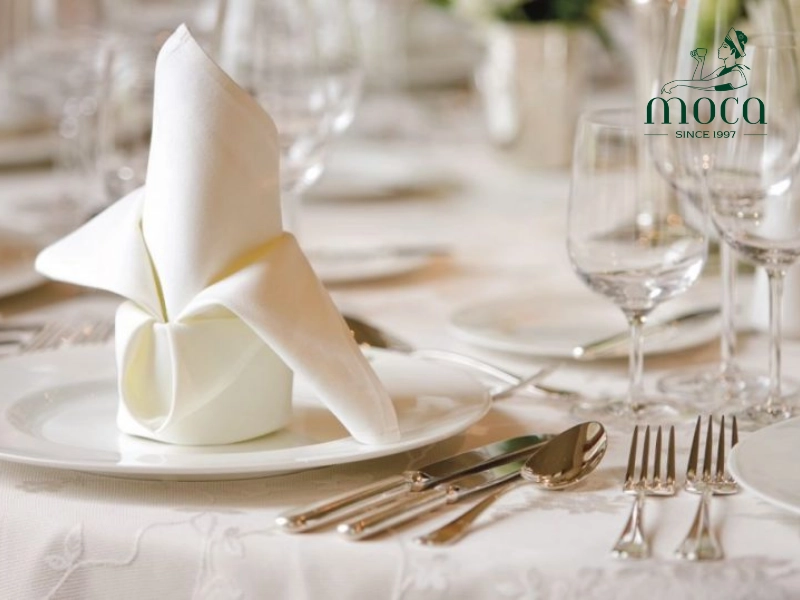
A curated journey of seasonal flavors—your fine dining wedding menu.
- Wine and beverage pairings: Wine pairings are an integral part of the fine dining wedding experience, elevating each course to its fullest potential. Working with a professional sommelier is essential. They will select wines that complement and enhance the flavors of each dish. For instance, a crisp Sauvignon Blanc might be paired with a seafood appetizer, while a robust Cabernet Sauvignon would accompany a rich beef course. It is equally important to offer sophisticated non-alcoholic pairings, such as artisanal juice blends or house-made infusions, alongside signature cocktails that reflect the theme of the evening.
- Dietary considerations and customization: A hallmark of true fine dining is the ability to accommodate dietary restrictions and allergies without compromising the quality of the experience. The culinary team should be adept at creating equally exquisite and thoughtful dishes for guests with specific needs, ensuring every single person enjoys a personalized and exceptional culinary journey.
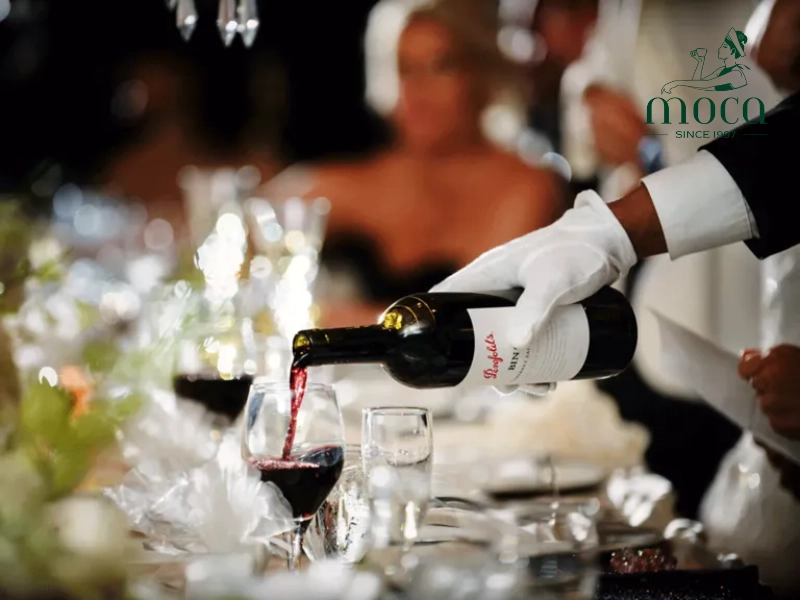
Perfect pairings for every palate—raising your wedding dining experience.
4. Enhancing the fine dining wedding experience
Beyond the menu itself, several key elements contribute to the overall impression of luxury and thoughtful execution.
- Table setting and presentation: The visual aspect of the dining room sets the stage. A luxurious table setting is non-negotiable. This includes high-thread-count linens, premium crystal glassware for water and wine, fine china, and elegant, weighty flatware. Floral arrangements and lighting should be designed to complement the culinary theme and enhance the intimacy of the space, rather than overwhelm it.
- Live culinary stations and interactive elements: To add a layer of entertainment and engagement, consider incorporating interactive fine dining elements. Chef-attended stations, such as a risotto station where guests can customize their dish, a carving station for prime cuts of meat, or a dramatic dessert flambé station, can provide a memorable and dynamic experience that distinguishes your wedding event from a standard sit-down dinner.
- The role of the sommelier and service team: The service team's role extends beyond simple delivery. During a fine dining wedding, the sommelier or lead servers can briefly educate guests on the wine pairings being served, and the staff can describe the key components of each dish as it is presented. This narrative element enriches the guest experience, making them feel included in the gastronomic wedding experience.
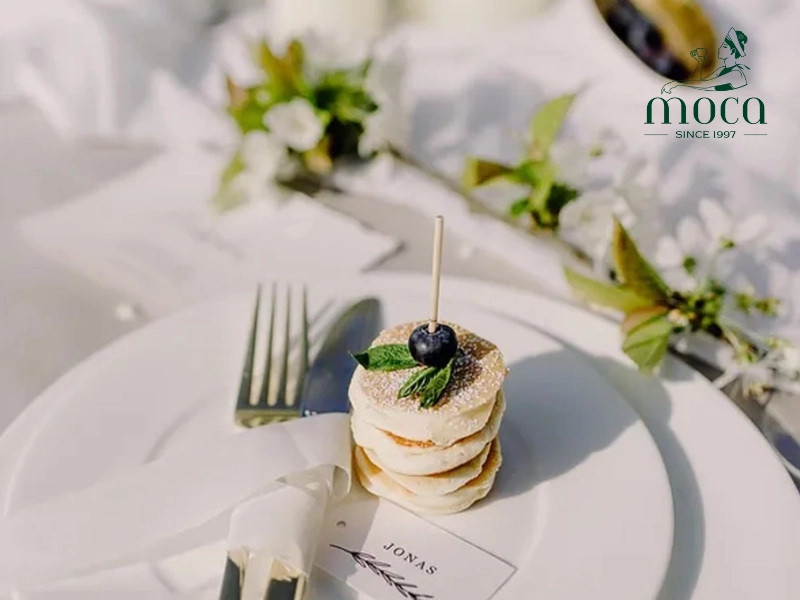
Luxury in every detail—an immersive fine dining wedding experience.
An exceptional fine dining wedding is a symphony of culinary artistry, impeccable service, and sophisticated ambiance. It is an investment in creating lasting memories through a meticulously planned culinary journey that honors you and your guests. This approach transforms a wedding meal into the celebratory centerpiece of the entire event.
For a wedding celebration where culinary artistry meets unparalleled elegance, consider Moca Dining. Allow our expert team to transform your vision into an exquisite reality, creating a gastronomic experience your guests will cherish forever. We encourage you to embrace the art of fine dining for your special day and create a memory that is as delicious as it is beautiful—secure your reservation with us today to begin this unforgettable journey.
